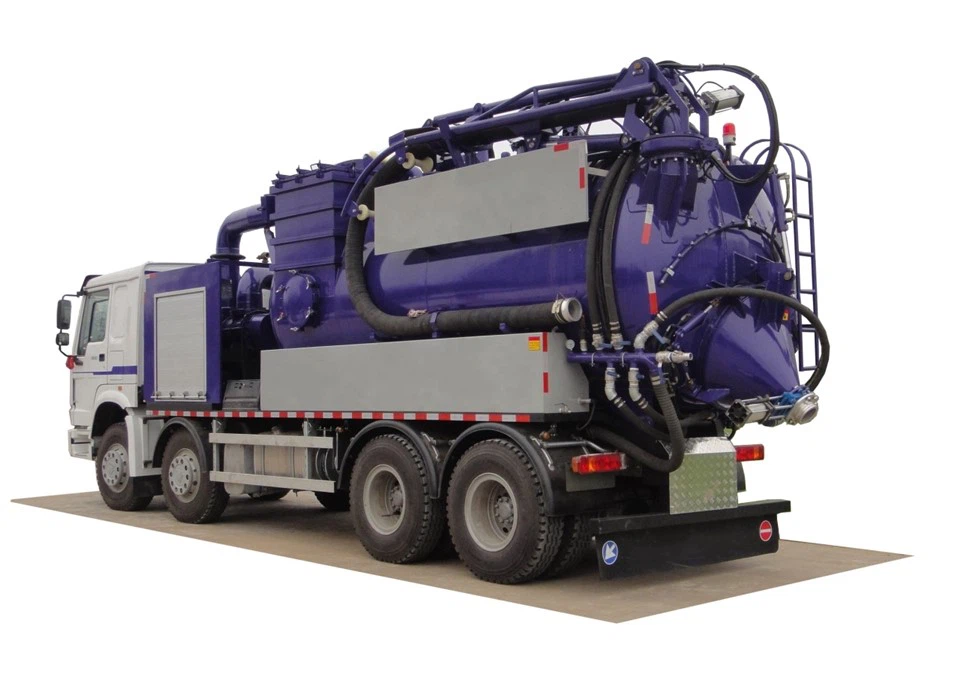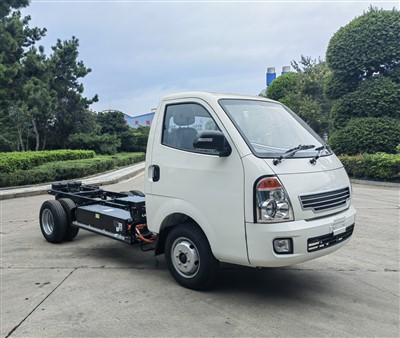Exploring the World of Cab Mini: A Guide to Compact Convenience

In today’s fast-paced world, the demand for convenient transportation options continues to rise. One such option that has gained immense popularity is the “cab mini.” This article will delve deep into what cab minis are, their benefits, how they work, and why they are becoming an essential part of urban transport and logistics. By the end, you will have a comprehensive understanding of cab minis and how they might fit into your transportation needs.
What is a Cab Mini?
A cab mini, often referred to as a mini taxi or microcab, is a smaller and more compact version of traditional taxis. Typically designed for urban environments, cab minis offer an efficient and affordable transport solution for individuals and small groups. They are especially popular in congested cities where larger vehicles may struggle to navigate narrow streets or find parking.
Features of Cab Minis
- Compact size for easy navigation
- Economical fuel consumption
- Cost-effective fares
- Availability through ride-hailing apps
- Comfortable seating for up to four passengers
Types of Cab Minis Available
There are various types of cab minis available in the market, each designed to cater to different transport needs:
- Standard Cab Minis: Basic models that offer essential features for short urban trips.
- Luxury Cab Minis: High-end vehicles equipped with premium amenities for a more comfortable ride.
- Eco-Friendly Cab Minis: Electric or hybrid vehicles designed for environmentally conscious consumers.
The Benefits of Using Cab Minis
As urban transportation needs evolve, cab minis present numerous advantages that make them a preferred choice among consumers:
1. Cost-Effectiveness
One of the standout features of cab minis is their affordability. With lower operating costs than larger vehicles, cab mini fares are often less expensive. This cost-saving benefit makes them ideal for daily commutes, errand running, or even nights out.
2. Ease of Navigation
The compact design of cab minis allows them to maneuver through congested streets more easily than bigger vehicles. This means that riders can reach their destinations faster, particularly during peak traffic times.
3. Accessibility
Cab minis are widely available in urban areas and can usually be summoned using popular ride-hailing apps. This accessibility ensures that riders can quickly get transportation without waiting long periods.
Popular Ride-Hailing Apps for Cab Minis
- Uber
- Lyft
- Ola
- Grab
4. Environmental Benefits
Many cab mini services are adopting eco-friendly models, such as electric or hybrid vehicles. This shift helps reduce carbon emissions and promotes a more sustainable form of urban transport.
5. Comfort and Convenience
Even though cab minis are smaller, many models come equipped with comfortable seating and essential amenities, ensuring a pleasant ride for passengers. Additionally, private rides in cab minis offer a more personal travel experience compared to crowded public transport.
How to Use Cab Minis Effectively
Understanding how to make the most of cab minis can enhance your experience. Here are some practical tips:
1. Choosing the Right App
Before booking a ride, check multiple ride-hailing apps available in your area. Compare fares, vehicle types, and wait times to make an informed decision.

2. Planning Your Route
Have a clear idea of where you want to go. Use a GPS app to check for the quickest routes and avoid heavy traffic.
3. Ride-Sharing Options
If you’re traveling alone, consider sharing a ride with others who are going in the same direction, as this can reduce costs. Many ride-hailing apps offer ride-sharing options for extra savings.
4. Safety First
- Always check the driver’s details and vehicle information before getting in.
- Share your ride details with a friend or family member for added security.
5. Rating and Feedback
After your trip, rate your driver and provide feedback. This helps improve the service for everyone and contributes to the overall safety and quality of the ride-hailing experience.
Common Misconceptions About Cab Minis
Despite their growing popularity, several misconceptions about cab minis persist. Addressing these can help clear up confusion for potential users.
1. Cab Minis Are Not Safe
Many people assume that smaller vehicles are less safe than their larger counterparts. However, cab minis are required to meet safety regulations similar to traditional taxis. Furthermore, all drivers undergo background checks before being approved to drive.

2. Cab Minis Are Only for Short Distances
While cab minis excel at short trips, they are also suitable for longer journeys. The comfort and convenience they provide make them a viable option for various travel distances.
3. No Amenities in Cab Minis
This assumption incorrect as many cab minis come with features such as air conditioning, music systems, and even charging ports for mobile devices, depending on the model.
Practical Examples of Cab Mini Usage
Understanding real-life applications of cab minis helps illustrate their versatility. Here are some scenarios:
1. Daily Commute
Many individuals living in urban settings opt for cab minis to commute to work to avoid the stress of driving and parking. For example, someone commuting from a suburban area to downtown might use a cab mini to save time and money.
2. Airport Transfers
Cab minis provide a cost-effective option for travelers heading to and from the airport. Instead of paying for parking, visitors can book a cab mini for direct transportation, eliminating the hassle of lugging luggage around.
3. Shopping Trips

Whether running errands or going on a shopping spree, cab minis provide an easy way to transport goods without having to navigate the public transport system. Shoppers can request a cab mini with ample trunk space for larger purchases.
4. Group Outings
For small groups going out together—such as a few friends heading to a concert or dinner—cab minis can be a fun and shared transportation option. Utilizing ride-hailing apps enables planning for return trips easily.
Future Trends in Cab Mini Services
As technology continues to evolve, so do the capabilities and services surrounding cab minis. Here are some future trends to watch for:
1. Autonomous Cab Minis
With advancements in self-driving technology, we may soon see the introduction of autonomous cab minis that can transport passengers without a driver. This innovation could further reduce costs and improve safety.
2. Enhanced Ride-Sharing Features
Ride-hailing apps are continuously evolving to include advanced algorithms to optimize ride-sharing capabilities, making it easier for users to find and book shared rides.
3. Focus on Sustainability
More companies will likely integrate electric or hybrid vehicles into their fleets as consumers become increasingly conscious of their environmental impact. Expect promotions and incentives for users who opt for eco-friendly cab minis.
FAQs About Cab Mini Services
1. What is the average cost of a cab mini ride?
The cost of a cab mini ride varies based on distance and time of day. However, it is generally more affordable than traditional taxi services, often starting from a base fare ranging from $5 to $10, plus per-mile charges.
2. Are cab minis available 24/7?
Most ride-hailing services that offer cab minis are available 24/7, although availability may vary in certain areas during late-night hours.
3. Can I pre-book a cab mini?
Many ride-hailing apps allow users to pre-book a cab mini for future rides. Check your preferred app for specific options and availability.
4. Are cab mini drivers licensed?
Yes, drivers must be licensed and undergo background checks to ensure passenger safety. It is essential to verify driver and vehicle information before entering a cab mini.
5. What should I do if I forgot something in a cab mini?
If you left an item in a cab mini, contact the ride-hailing service’s customer support to report the lost item. Provide them with details about your ride, and they may assist with retrieving your belongings.
6. Is tipping expected in cab minis?
While tipping is not mandatory, it is appreciated, especially if you receive excellent service. A tip generally ranges from 10% to 20% of the total fare.
